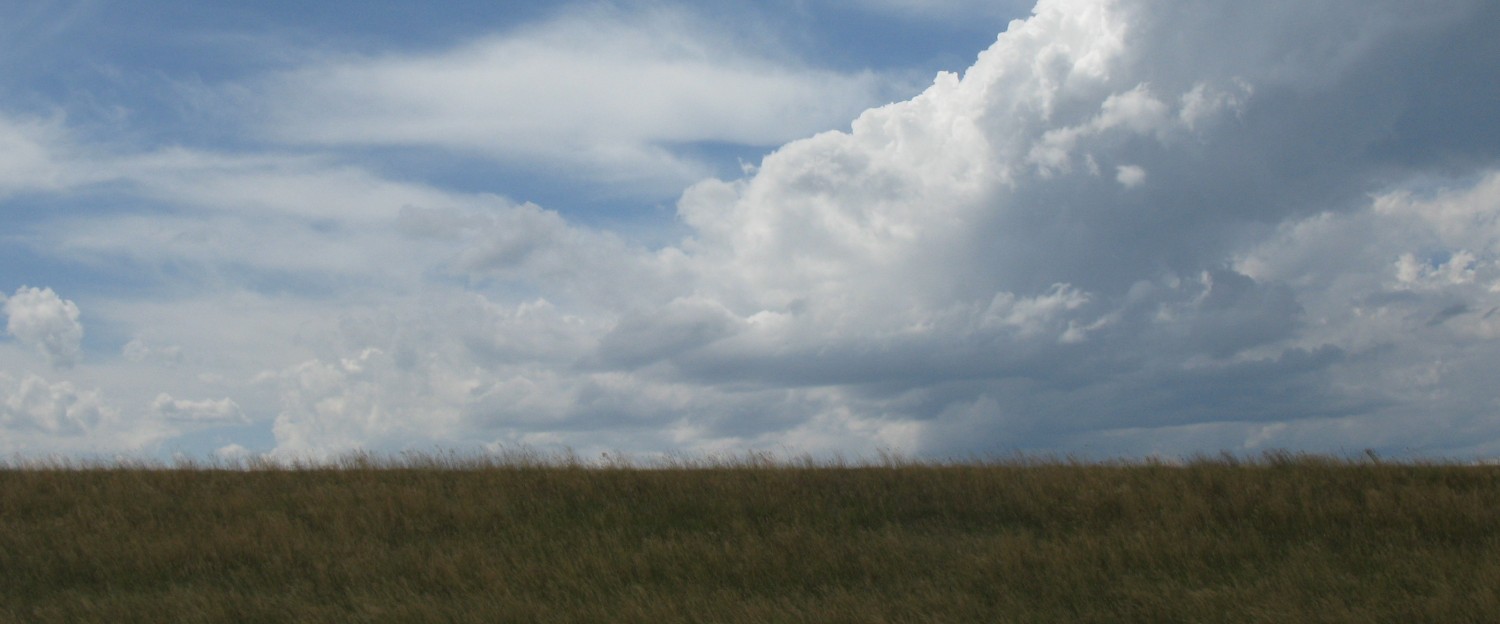On to season two of my “Views from a Veteran” series, which I am christening “Blast from the Past,” where things go from bad to worse for the LOST-ies.
The show really started to pick up steam in season two, but with its new-found popularity and meteoric rise, the show began to crack and splinter. Many of the things we loved about the show – the surprises and never-ending mysteries – still loomed, but the luster had gone and more and more issues began to pop up.
**
LOST – Views from a Veteran – Season Two: Episodes 1-12
“Why do you find it do hard to believe?”– Locke in “Orientation”
The second season of this show picked up right where the previous ended off, with the opening of the Hatch. This event really allowed the writers to begin sinking their teeth into the greater mythology of the island, with the introduction of the Dharma Initiative and the man who spent years underground pushing a mysterious button – Desmond.
While initially introduced as a side character, viewers enjoyed his time on the show and the writers therefore integrated Desmond into the show. And, through him, “Lost” had some of its greatest episodes, as well as embraced itself as a science fiction show in the later seasons.
Desmond was the first case of the audience having a say in the show, but not the last. This type of fan-fueled reaction happened a few times, most notably with Benjamin Linus becoming a series regular because fans loved him, and Nikki & Paulo being killed off due to fans despising their sudden appearances. But, these happen later on in the series … so let’s stick to the first half of season two.
With the opening of the Hatch and the introduction of the Dharma Initiative, one of the largest themes throughout the series came to the forefront, that of a man of science (Jack) vs. a man of faith (Locke). This was shown through the discussion of whether or not to continue pushing the button inside the Hatch based solely on pure belief. As we all know now, it turns out the button WAS important and that Jack does eventually become a believer, even saying in the finale that Locke was right all along.
We are also finally introduced to the people in the tail section of Oceanic Flight 815, who have been tormented by the infamous “others” since they crashed. One of many questions still left unanswered after the show ended was why did the others kidnapped people from the tail section? Were they some of Jacob’s candidates, or was Ben simply looking to take away individuals who he deemed worthy enough to join him?
Also, how did Walt communicate to Michael through the computer inside the Hatch? The producers of the show have said that it was Walt speaking through the computer, but they were mum as to how or why. A possible explanation is that it was achieved through Walt’s abilities, but since those have yet to be explained, the question still lingers.
The last question that I will ask here is why in the episode “The 23rd Psalm” did the smoke monster (AKA the MiB) leave Eko alone? Since the monster was able to kill him in season three, it would seem that Mr. Eko was not a candidate for Jacob, so why not kill him right off the bat?
The answer is one that I can make an educated guess on, however. It is known that the actor, who played Mr. Eko, Adewale Akinnuoye-Agbaje, was fairly vocal in his protests against living in Hawaii to film the show and wanted a larger increase in pay as compensation. He wanted to quit the show, so the producers brutally killed him off in episode five of season three as a solution to the issue.
The producers have said that they had a four season arc planned for the character that focused on him finding his spirituality on the island and becoming another force against the MiB. But, when the actor didn’t want to continue, there was not much they could have done. Therefore, that was likely why he was not killed in season two; he was a candidate until the producers had to kill him off at the actor’s request, which at that point, they wrote him out.
Finally, part one of season twos “Lost-isms” that I have been counting. You will notice that I have made a change to the counts of the fights and “Sawyer-isms.” From now on I will only name the top spots for each category. However, for the final post about the second half of the finals season, I will post the entire count. Sound good?
There have now been a total of twelve fights, with Jack & Ethan and Sawyer & Sayid have the top spot with two fights each.
Sawyer has now said “Sonofabitch” a total of nine times.
And here we have a brand new category – how many times has Desmond said “brotha’?” In the first half of season two, he has said it a total of ten times.
Lastly, the top “Sawyer-isms: “Doc” manages to hang on with 12 mentions, with “Freckles” closing in fast with 11. And we have a two-way tie for second with both “Chief” and “Chewie” with four references.
Bringing up the bottom in fourth with three mentions was “Hoss.” And lastly, at the back of the pack with only two mentions each are: “Sweetheart,” “Sweet cheeks,” “Hero,” and “Mohammed.”
Stay tuned soon for the second half of season two!
“This is not your island. This is our island” – Mr. Friendly (aka Tom) in “Hunting Party.”









